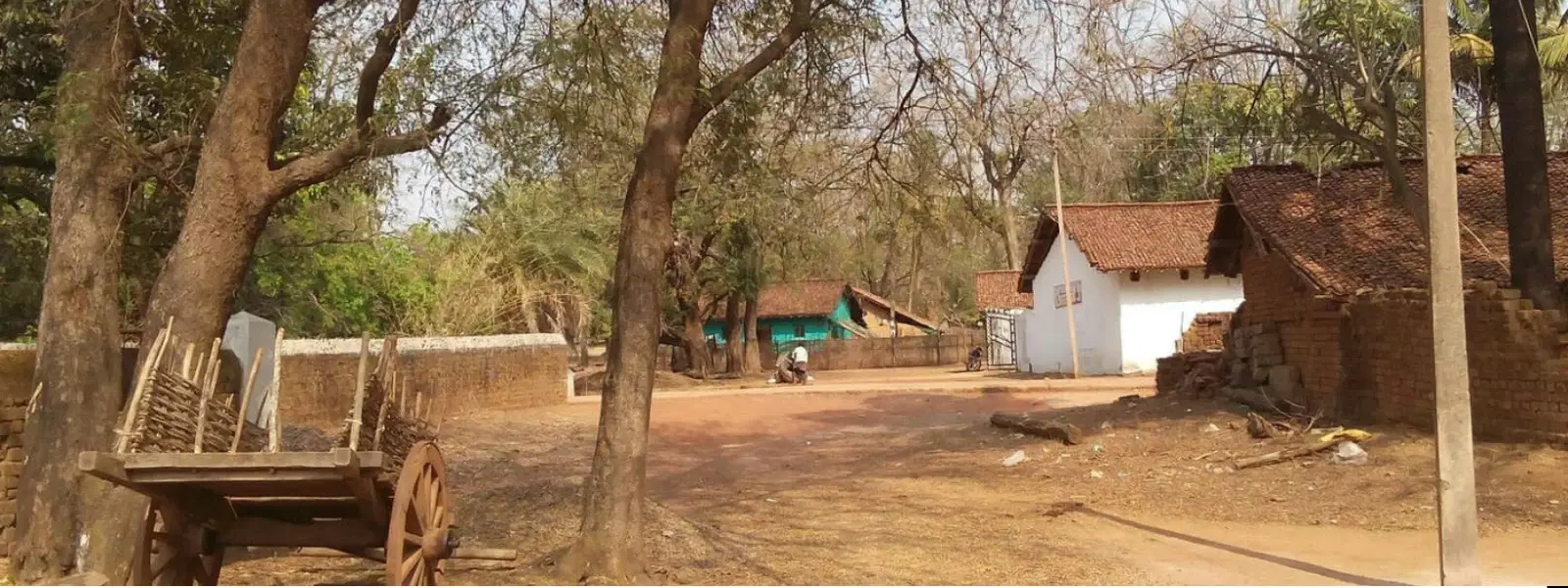
Hotels
•03 min read

Imagine homes perched delicately above water, blending seamlessly with nature while standing as a testament to human ingenuity and resilience. In India, villages on stilts are not just fascinating architectural feats; they embody centuries of adaptation, cultural richness, and eco-friendly living. This blog explores the unique charm of these stilt villages, delving into their origins, traditional designs, cultural significance, modern challenges, and the lessons they offer for future sustainable living.
Stilt villages in India are communities built on elevated wooden or bamboo platforms, rising above water bodies or flood-prone landscapes. Designed primarily for natural flood resistance, these structures ensure safety while embracing their riverine surroundings. The ingenuity behind building houses on stilts is a direct response to environmental challenges, offering a blend of practicality and beauty.
Across India, many regions boast these mesmerizing structures. In Assam, the island of Majuli is renowned for its riverine settlements with stilted homes that float gracefully on the mighty Brahmaputra. In Arunachal Pradesh, the town of Ziro features unique indigenous constructions that echo cultural heritage. Meanwhile, in Meghalaya, communities like Mawlynnong demonstrate how nature and tradition coexist in harmony, making these stilt villages vibrant hubs of culture.
The construction of traditional stilt houses relies on locally sourced, sustainable materials. Bamboo, wood, and other organic resources are commonly used, not only for their availability and affordability but also for their ability to withstand harsh weather conditions. The elevated design allows air circulation, minimizes flood damage, and preserves the natural landscape, proving ideal for regions with frequent rains and rising water levels.
Indian villages on water display an architecture that is both innovative and culturally significant. These structures harmonize with nature, exemplifying a delicate balance between human habitation and the environment. While similar designs can be seen in parts of Southeast Asia, the unique Indian stilt architecture reflects regional traditions, climate conditions, and a deep sense of community. The design efficiency and aesthetic charm are testaments to the enduring spirit of adaptability.

Stilt villages are often the heart of tribal communities, encapsulating centuries-old traditions and lifestyles. The elevated homes serve not only as shelter but also as symbols of cultural identity, reinforcing community ties and a shared heritage. Living on stilts allows for distinctive cultural practices that have been passed down through generations, celebrating the symbiotic relationship between man and nature.
These unique Indian stilt architectures are marvels of eco-friendly design. By maximizing the use of local materials and minimizing land disruption, stilt villages contribute significantly to environmental sustainability. In flood-prone areas, they offer a model for adapting to climate change, proving that sustainable practices and resilient design can coexist harmoniously. Their example sparks inspiration for eco-conscious urban planning and innovative construction practices.
Despite their beauty and ingenuity, stilt villages face modern challenges. Climate change has led to more unpredictable weather patterns and rising water levels, testing the resilience of these ancient designs. Additionally, rapid urbanization and economic pressures pose significant challenges to maintaining these traditional lifestyles, often forcing communities to adapt or even relocate.
In response to these challenges, innovative minds are reimagining stilt design while honoring traditional aesthetics. Initiatives such as Chang Ghar 2.0 illustrate how modern materials and techniques can be blended with age-old practices to create safer, more sustainable homes. These modern adaptations ensure that the cultural and functional qualities of stilt houses continue to evolve, offering replicable models for future construction in flood-prone areas.
Stilt villages stand as cultural and architectural treasures, essential for preserving a way of life that harmonizes with natural forces. By maintaining these traditional structures, communities safeguard their heritage and provide a blueprint for sustainable tourism. The eco-friendly nature of these homes not only reduces environmental impact but also encourages visitors to appreciate and respect the delicate balance of nature.
The resilience and adaptability of stilt villages provide essential lessons for modern architecture and urban planning. These communities show that innovation rooted in tradition can address contemporary challenges like climate change and urban sprawl. The spirit of these villages inspires a future where construction integrates seamlessly with the environment, fostering a culture of sustainability and respect for nature.

"Did You Know? Stilt villages in India are not just homes—they are living examples of how architecture can adapt to nature. From bamboo stilts to elevated walkways, these structures embody resilience and sustainability in flood-prone areas."
Stilt houses are commonly found in flood-prone regions such as Assam, Arunachal Pradesh, and Meghalaya.
While no major city in India is entirely built on stilts, villages like Majuli in Assam and Ziro in Arunachal Pradesh are notable examples of stilt settlements.
In India, traditional stilt houses in Majuli and Ziro are famous for their unique architecture and cultural significance.
The cost of building a stilt house in India varies depending on materials, location, and design, but traditional stilt houses are often constructed using locally sourced, affordable materials like bamboo.
In summary, villages on stilts in India illustrate remarkable architectural ingenuity and cultural resilience. They offer an inspiring blueprint for sustainability, showing how communities can come together to adapt to environmental challenges while preserving rich traditions. Exploring these unique settlements provides valuable insights into the intersection of ecology, heritage, and modern innovation.